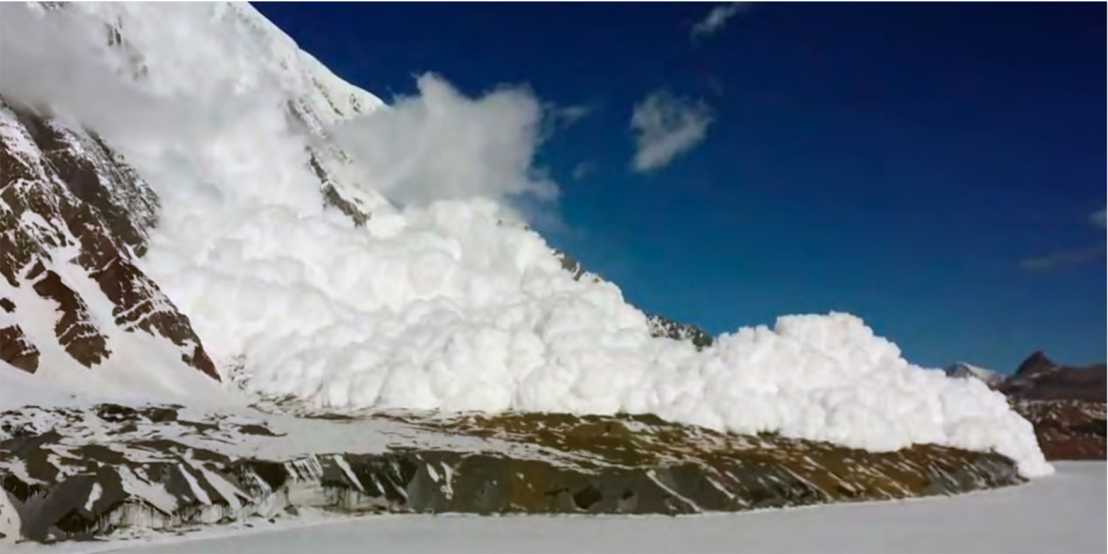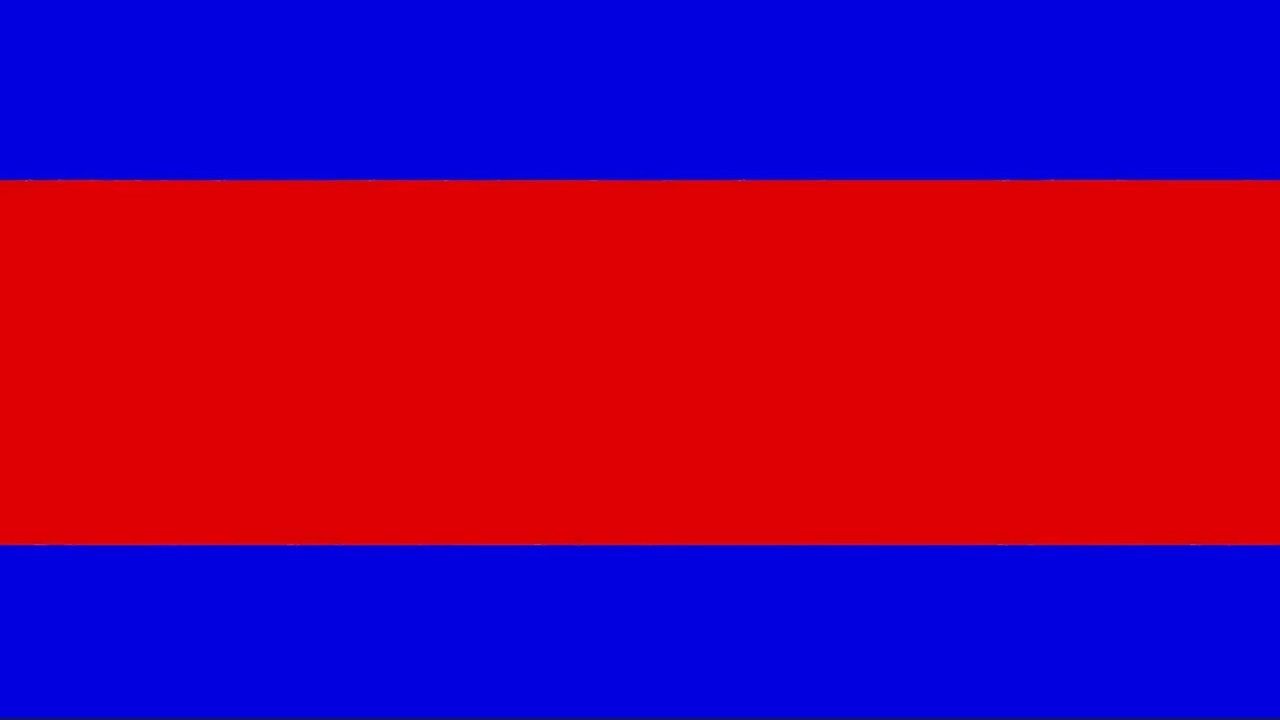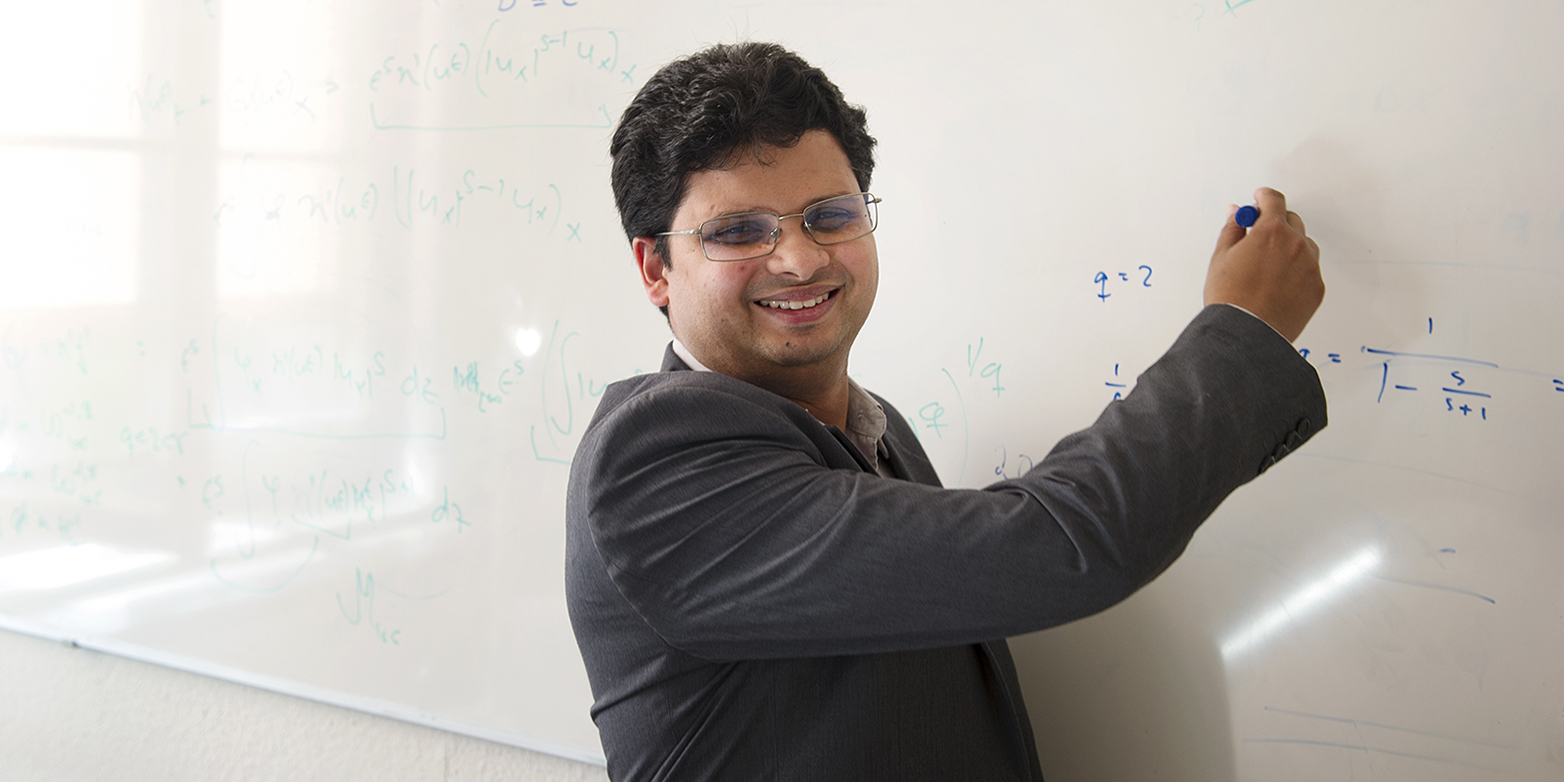The Indian who set out to reveal the secret of turbulent fluid flows
Avalanches, tsunamis, solar storms: Siddhartha Mishra is captivated by unstable and turbulent flows. He combines mathematics with scientific computing in a bid to understand their common causes. Helping him in his quest are equations, first written down by the Swiss mathematician, Leonhard Euler.
When an avalanche thunders down a steep slope towards the valley, a huge cloud of powder rises above it. If the fall height and quantity of snow are sufficiently large, the swirling snow mixes with the air to produce a cloud of snow dust. Powder cloud avalanches of this nature can cause immense damage, as they can reach speeds of up to 300 kilometres per hour; moreover, the powder clouds generate a pressure wave in front of them.
Mathematical models and computer simulations provide a way of arriving at a better understanding of these powder cloud avalanches. Siddhartha Mishra is proficient at both. He had never thought of avalanches before his appointment as ETH Professor of Mathematics brought him to Switzerland in 2009. He grew up a long way away from snow in the tropical climate of the Bay of Bengal coast. His father was a hotel manager in Bhubaneswar, capital of the Indian state of Odisha, and as a child it was his wish to know ‘what makes the stars shine’.
Thinking with images and equations
He was intent on becoming a physicist until well into his studies: “When I began my master’s studies, it became apparent that I think more like a mathematician and less like a physicist”, recalls Mishra, adding: “A mathematician thinks more in terms of symbols, equations and images than actual physical phenomena.” He is captivated by the fact that equations can be used to describe natural phenomena that may appear very different in the real world, but have a similar basis mathematically.

Mishra’s interest in avalanches was sparked by a researcher in the ETH domain: working at the WSL Institute for Snow and Avalanche Research in Davos, Perry Bartelt has developed a software package for calculating the dangers of avalanches and evaluating protective measures. “This avalanche modelling is one of the best in the world, if not the best,” says Mishra. His expertise was in demand in connection with the snow powder: not only can the cloud be immensely destructive, it is also more difficult to model than the core of the avalanche.
At its core, the avalanche consists of a dense accumulation of snow and ice which, when it pitches down the slope, extends in a linear manner to create a slab of snow. With his mathematician’s mind, Mishra understands that the core of an avalanche behaves in a similar fashion to the flow of a river, whereas the dust cloud spreading above it is much more chaotic. From a modelling point of view, it is important to notice that the cloud behaves like a two-phase flow, in which ice dust and air mix.
Turbulences: the enigma of Euler’s equations
In mathematics, there are equations for flows such as this, as well as for pressure and shock waves. Mishra’s particular expertise is to establish the equations necessary for the mathematical modelling of powder cloud avalanches and to write the algorithms so that they can be simulated on the computer. “That’s what I like doing best: creating algorithms to simulate various types of unstable and turbulent flows.”
Like avalanches, these flow equations also have a connection to Switzerland: they date back to the Swiss mathematician Leonhard Euler (1707-1783). The mathematical model that he developed can be used to describe inviscid fluids, in other words the behaviour of many liquids and gases.
The Euler equations are widely used in the natural and engineering sciences because they can be applied to numerous flow phenomena in physics and engineering: using equations similar to those employed to describe avalanches, one can also model phenomena such as tsunamis, hurricanes, aeronautical flows, solar waves and collapsing supernovas.
Despite their dissemination, the Euler equations and their related Navier-Stokes equations, which describe the motion of viscous fluids, remain one of the greatest unsolved mysteries of mathematics. “Even now, we still lack a definitive mathematical theory on how best to model unstable, turbulent flows and calculate them efficiently on the computer”, says Siddhartha Mishra.
Small changes with major impacts

This may come as a surprise: after all, flows are a familiar feature of everyday life. That said, flows, especially turbulent ones, are highly complex and unstable phenomena that act on a range of scales and do not develop in linear fashion. Even the smallest changes can create complex situations and lead to completely different results. Using equations to adequately capture and simulate the complexity of flows is a correspondingly challenging task (see film).
Mishra now combines mathematical modelling with efficient algorithms and state-of-the-art supercomputers, since the equations are so complex they cannot be solved manually or on a laptop. Last year this research was awarded one of the coveted ERC grants, regarded as a hallmark of quality for top-flight European research.
His dual expertise in applied mathematics and computer simulation is attracting recognition: industry rates him highly as a consultant – for instance when it comes to simulating complex plasma flows in high-tech electronics. In June he received a prize, and in August he has been invited to present his research field “Numerical Analysis and Scientific Computing” at the International Congress of Mathematicians in Rio de Janeiro (see box).
Moreover, his major work on statistical solutions is about to be published. All in all, 2018 is set to be, if not turbulent, then certainly an eventful year for Mishra.
Major mathematical event
The International Congress of Mathematicians (ICM) is the most important event in a mathematician’s calendar. It is organised by the International Mathematical Union and takes place every four years in a city chosen by the Union. Starting with the inaugural one in 1897, Zurich has been the only city to have hosted the congress three times (1897, 1932 and 1994).
This year, ETH Zurich will be represented by fielding five invited sectional and plenary speakers at the external pageICM 2018call_made, which is being held in Rio de Janeiro from 1 to 9 August: all are involved in research, four come from the Department of Mathematics and one from the Department of Computer Science.
- Rahul Pandharipande: Plenary Speaker
- Peter Bühlmann: Probability and Statistics
- Thomas Willwacher: Topology and Mathematical Physics
- Siddhartha Mishra: Numerical Analysis and Scientific Computing
- David Steurer: Mathematical Aspects of Computer Science

